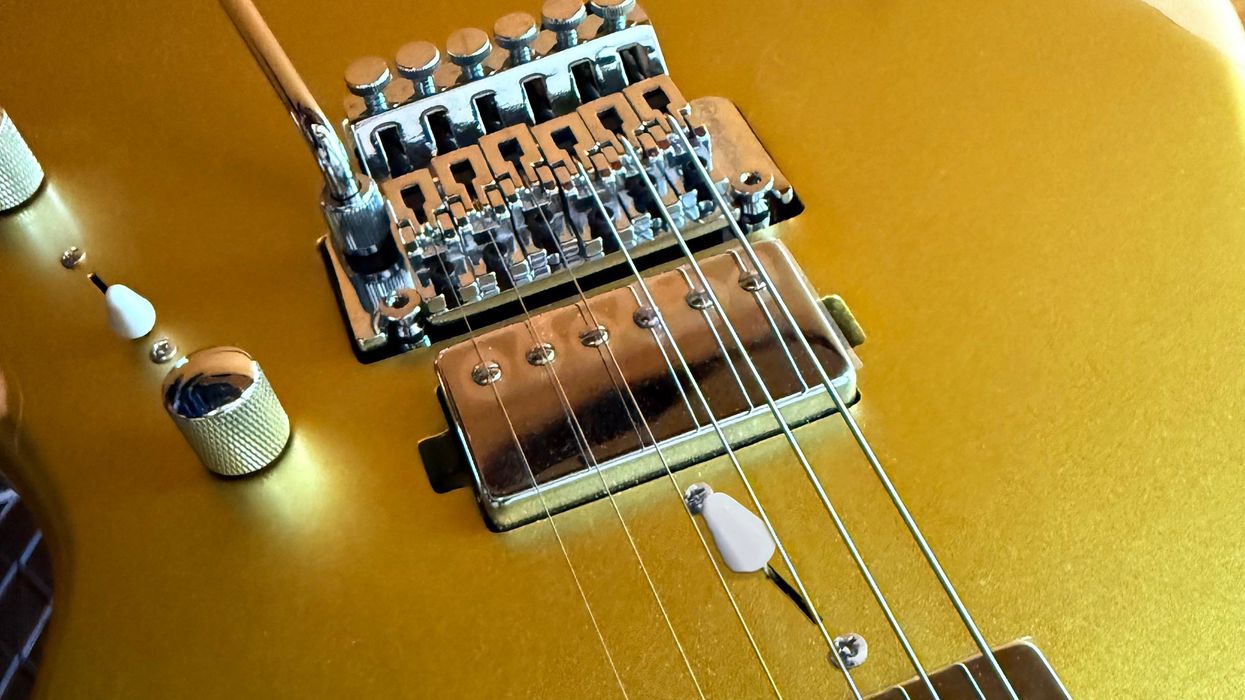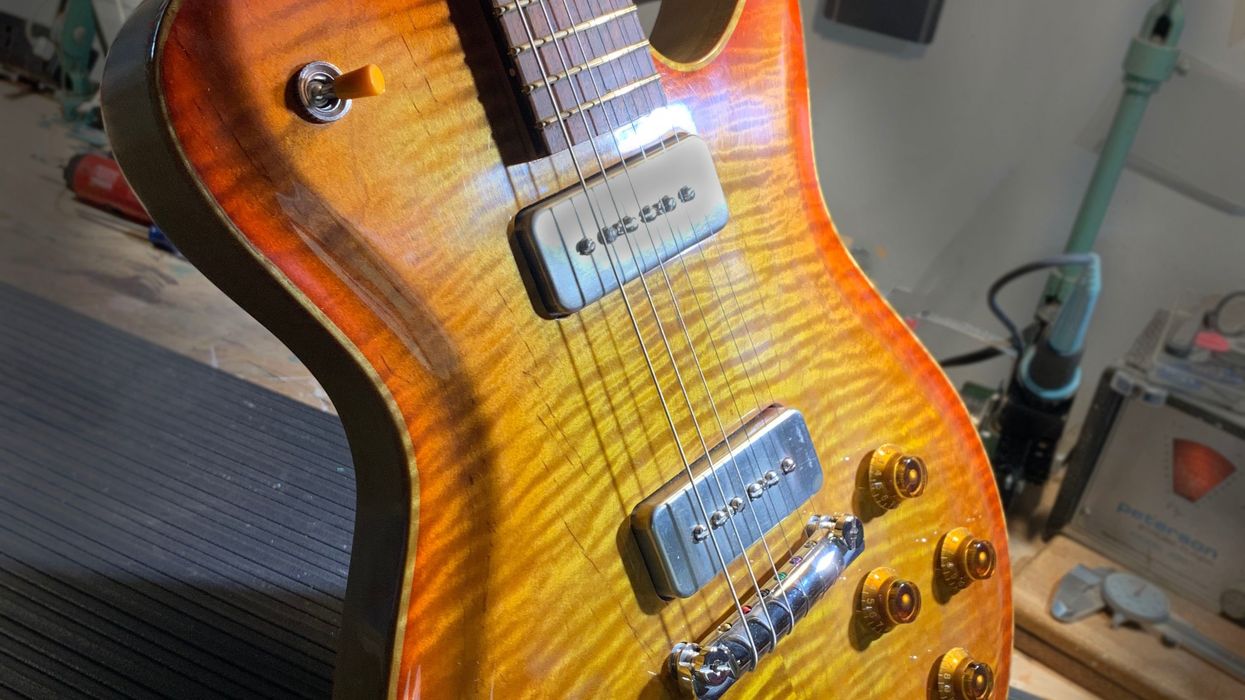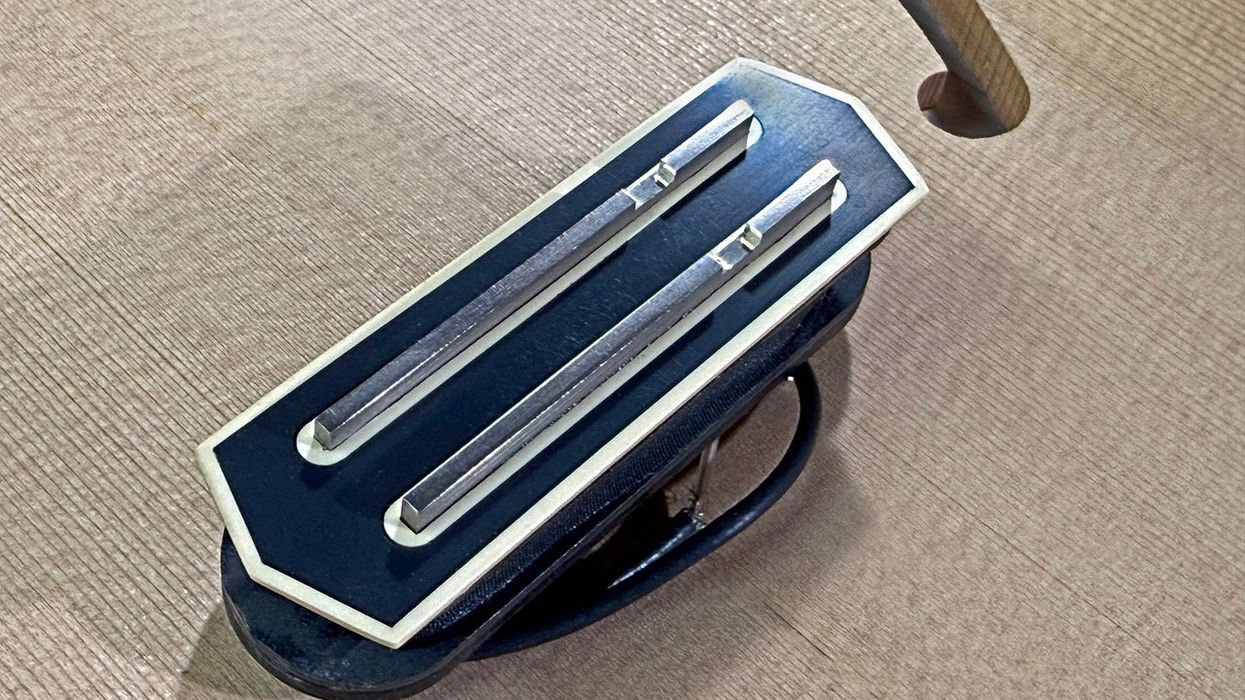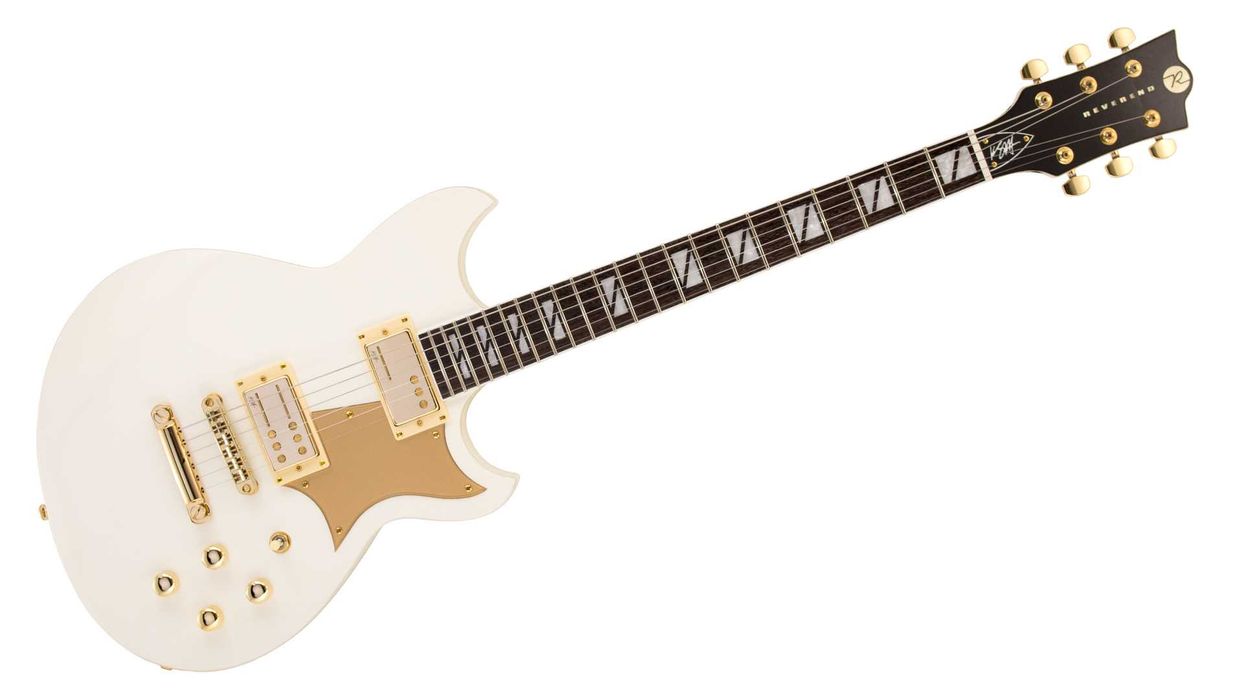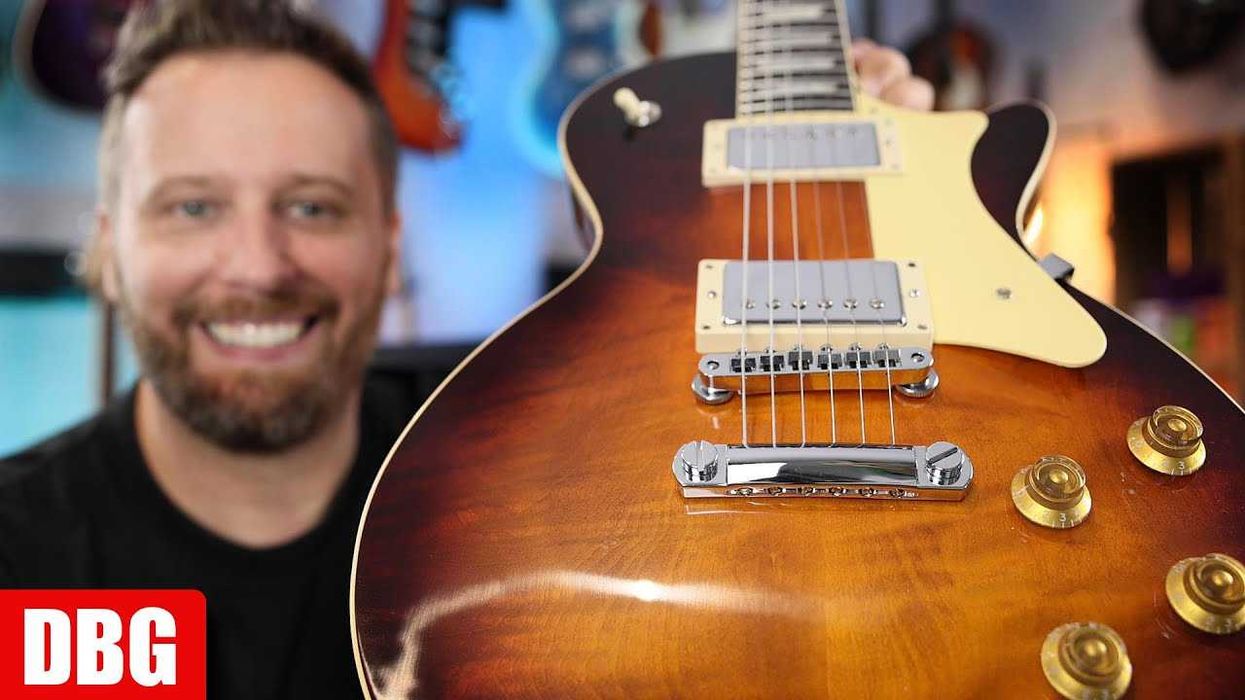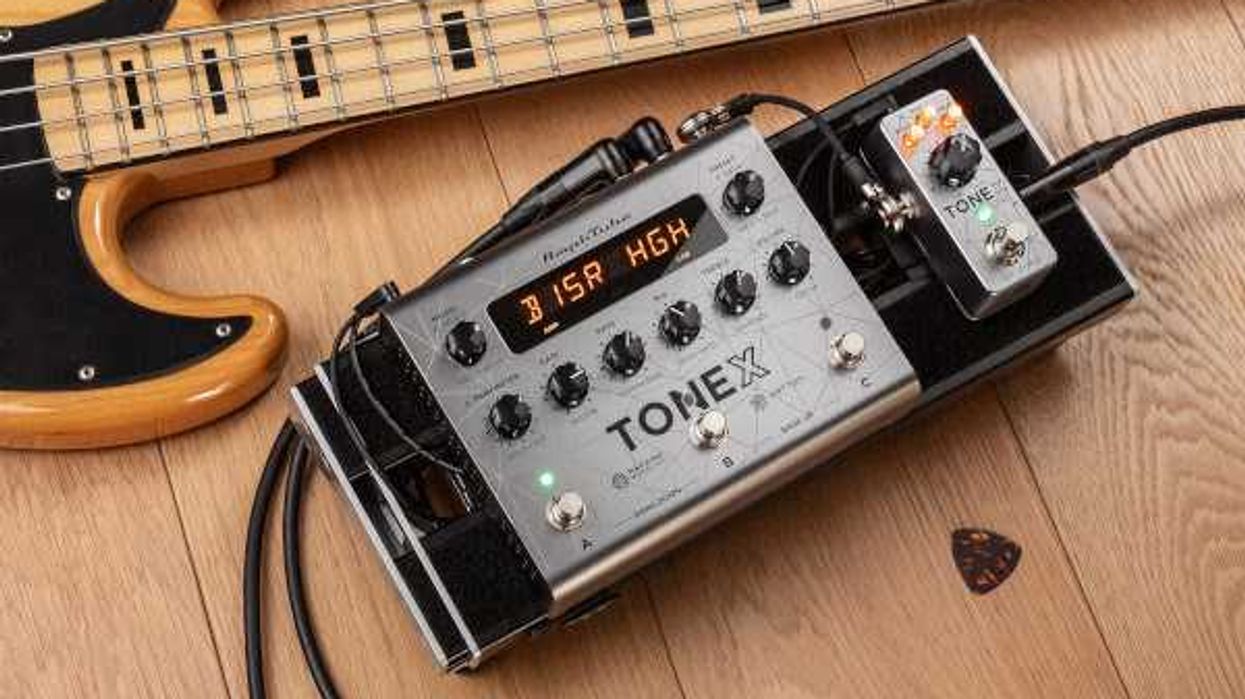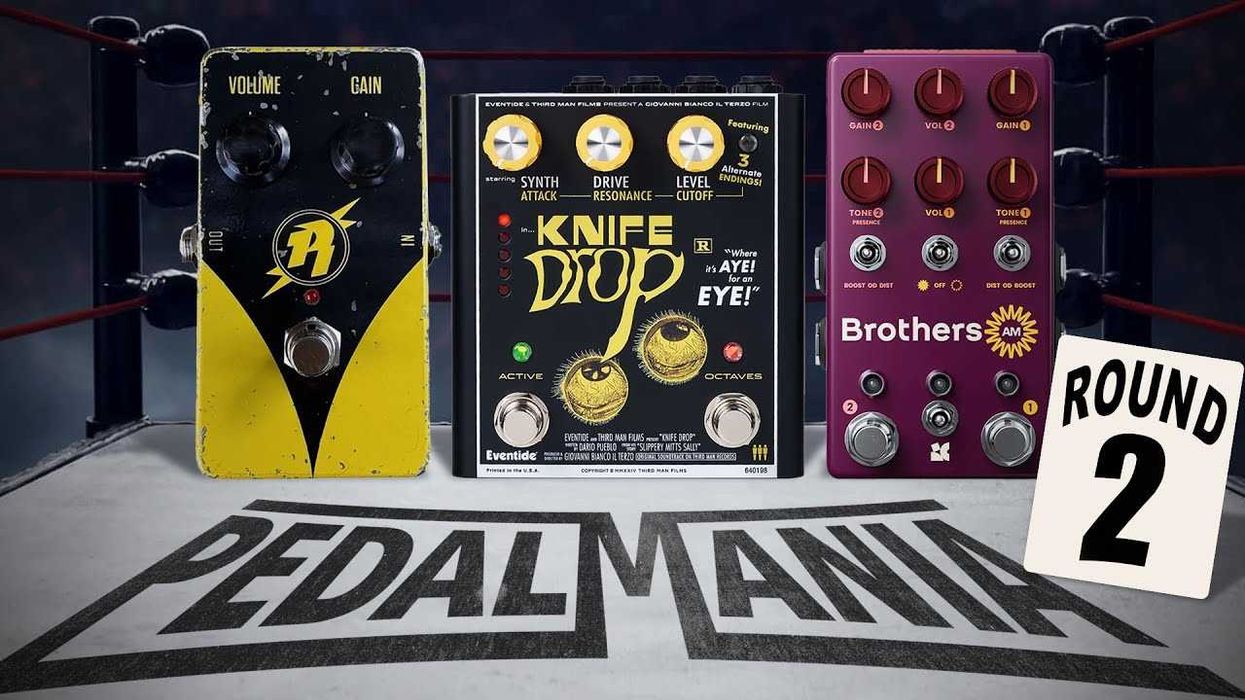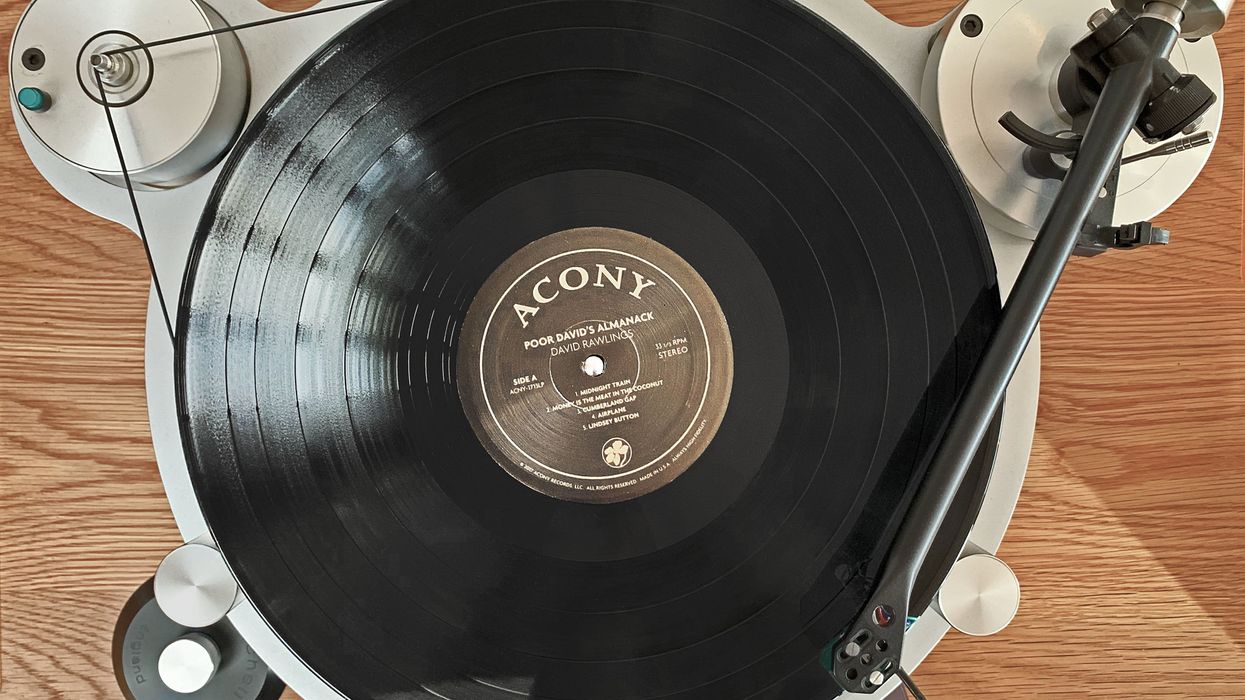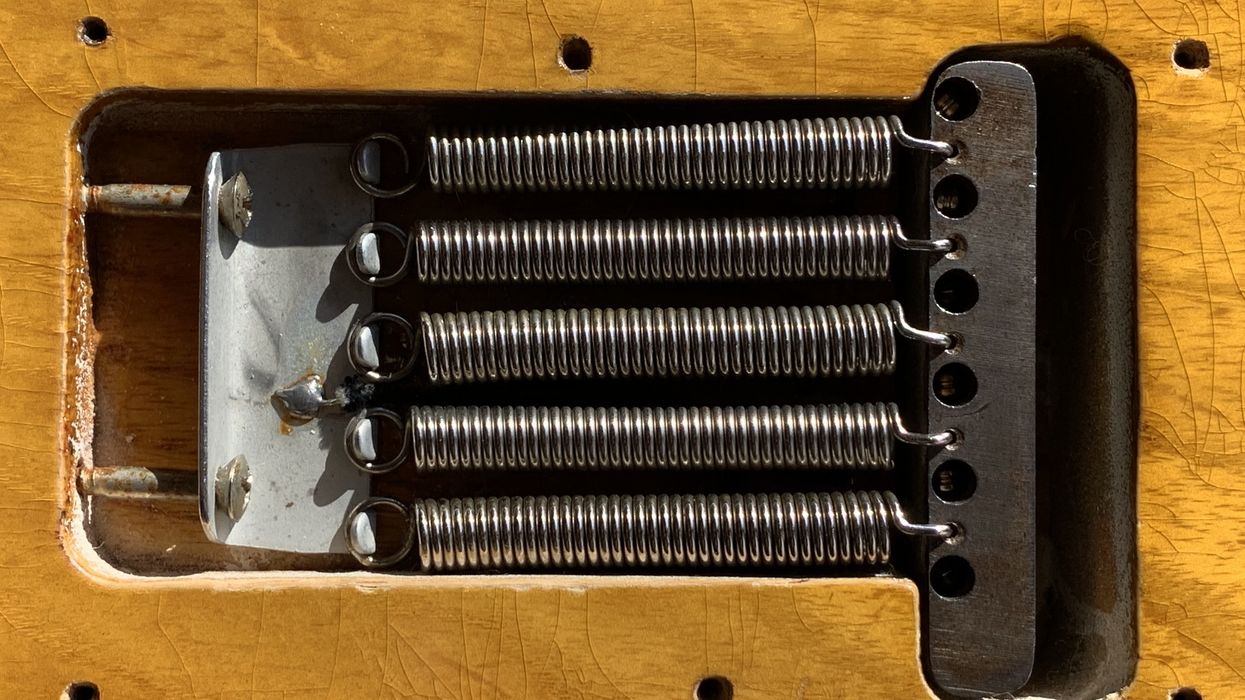Everyone knows that tone is in the pickups, right? At least that’s what the prevailing thought seems to be. There must be something to that idea because guitarists are spending a huge amount of cash changing pickups like dirty underwear. Almost daily we hear about a new pickup maker who has “cracked the code” by utilizing materials and techniques that somehow companies with million-dollar R&D budgets missed. I’ve worked with and rely upon a large number of pickup brands, and I truly love a lot of what they produce, but I’ve also learned that it’s easy to get lost in the hype.
For decades, things were different than what we see today. There were almost zero aftermarket choices—you basically played your guitar with whatever pickups it left the factory with. There were exceptions, but musicians, for the most part, didn’t screw around with hot-rodding their pickups. Maybe Les Paul did, but guitarists like Jimi Hendrix, Jeff Beck, Eric Clapton, Roy Buchanan, and even SRV just played what they had. If they could have accessed the smorgasbord of choices we have now, would the music have sounded better?
The shift in the way guitarists thought about pickups started in the mid 1960s, when players began to perceive a loss of quality in new guitars. Taking a page out of the violinist’s book, artists at the vanguard of musical style began developing a preference for older instruments, in this case those made in the 1950s. (This was counterintuitive to the average player, as the emphasis in the “space age” was always on newer equals better.) And then, just as now, it was discovered that pickups had something to do with that change of course.
The fact of the matter is that for both humbuckers and single-coil pickups, there was no single shift in quality. Instead, there were a myriad of small changes. As with any manufacturing concern, guitar companies were somewhat at the mercy of the vendors who supplied the raw materials. The magnets, wire, and steel that were used in these classic pickups all fluctuated depending upon availability. This fact is what also drives a lot of the hype around today’s aftermarket pickups. We can look back at the multiple changes in magnet composition and wire specification (just to name the two most obvious) to gain clues about how there is no single best-sounding pickup to emulate.
“Guitarists like Jimi Hendrix, Jeff Beck, Eric Clapton, Roy Buchanan, and even SRV just played what they had. If they could have accessed the smorgasbord of choices we have now, would the music have sounded better?”
Winding techniques are often referenced as the elixir that makes the difference, but once again, there is a bit of myth involved here, too. Most of the blue-chip pickups were wound on automatic machinery built for precision and repeatability, with the emphasis on creating the same result from part to part. Proper wire tensioning was important to maintain, and impedance and inductance were monitored constantly, confirmed to me by none other than Seth Lover himself. The concept of “scatter” winding is seemingly contradictory to this idea. Hand-winding inconsistencies are neither perfectly repeatable or advisable for a factory brand, but it would be the case for smaller shops who could not afford expensive winding machines. Even so, there are instances of Monday morning/Friday afternoon mistakes in the realm of pickup manufacturing. This isn’t to say that a scatter-wound pickup can’t sound great, but winding by hand is practically impossible to do with 100 percent repeatability, which calls into question its value as a selling point.
From where I sit, I acknowledge that certain pickups sound better to my ears than others. The real test is if the supplier can deliver consistency I can count on. The same goes for the big guitar companies. When I was designing for production, there was no latitude for pickups that didn’t meet specification or failed. In today’s market, most guitar makers want to put their best foot forward, despite the knowledge that the customer may swap pickups for their current favorite.
I’m not suggesting that pickups don’t make a difference or that a good pickup/guitar matchup won’t result in an improvement—of course they do. Just because one pickup sounds great in one guitar doesn’t mean it will in another. That’s why I spend a lot of time testing. I’ve heard enough to know that the right combination of guitar and pickup, mated with just the right amplifier, can make magic. Just be prepared to spend a lot of time getting there.



